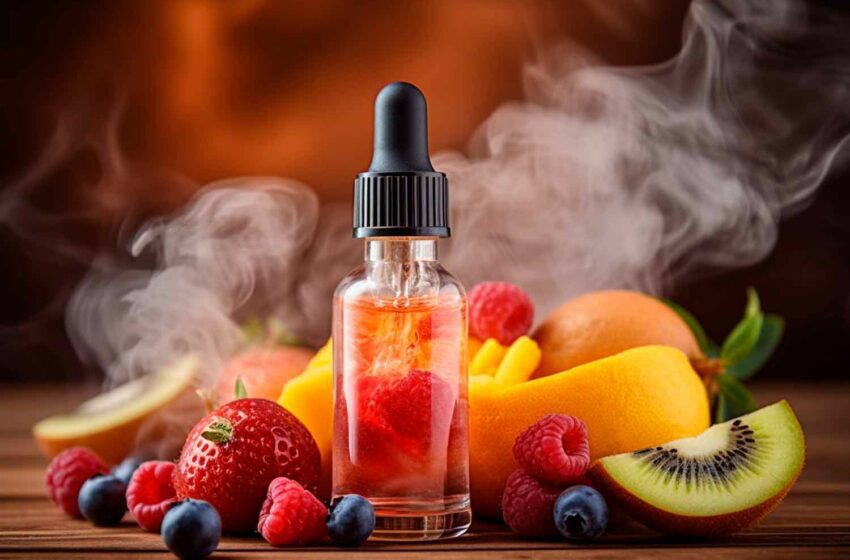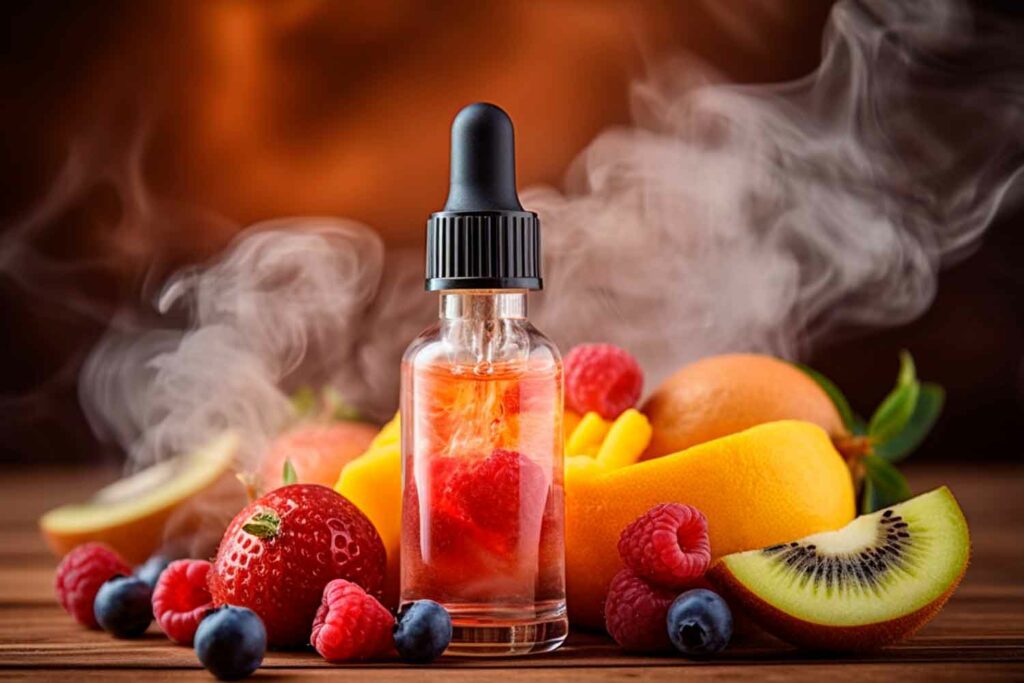No Sweet Spot
- Featured Flavors News This Week Views
- December 8, 2023
- 0
- 4 minutes read


The battle against youth vaping will not be won by a flavor ban.
By Robert Burton
Banning flavors is not the answer to curbing youth vaping. As history tells us, prohibition drives the black market and in this case also risks jeopardizing the transition journey of millions of adult smokers that rely on flavored vapes to quit, posing an obstacle to ending the smoking epidemic. A sensitive topic in a hugely sensitive and emotive sector, the solution may be more nuanced; flavors that are particularly appealing to children—such as confectionary flavors—should be restricted, together with improved enforcement of existing regulations that prevent those under 18 having access to vaping products.
The public consultation on youth vaping launched by the U.K. government eight weeks ago as part of its ambition to create a “smoke-free generation” closed this week, marking another step forward in the science and policy development of harm reduction and reduced-risk products. We at Plxsur, the world’s largest independent group of vaping companies, welcomed the opportunity to voice our views to help shape the future of vaping and save the lives of those impacted by smoking.
Our proposal reflects our commitment to preventing youth access, offering clear-cut recommendations and considerations in line with our own practices.
Flavors should be described factually, and the use of images, illustrations or cartoons on packaging that appeal to children or those under the age of 18 should be restricted. The use of confectionary, candy-related terms or fictional characters to describe flavors ought to be prohibited. In the same vein, it’s important that restrictions on flavors and packaging not limit the ability for vaping businesses to communicate on the packaging of vapes as long as this does not include imagery that appeals to those under the age of 18.
Responsibility Flows Both Ways
There needs to be stronger focus on proper enforcement of regulation and education of retailers and, subsequently, consumers. Examples of this include enforcing age verification for online sales, educating shopkeepers or vape education programs in stores. Fixed penalty notices can be an effective tool as well, in addition to which all shops selling vapes should require a license. Those shops should be monitored, and if they breach the law, they should be banned from selling tobacco products and vapes, losing their license altogether. This will ensure that the penalty is sufficient enough to act as a deterrent, increasing the effectiveness of the regulation.
Enforcement of age restrictions at sale points that prohibit access to under 18s is the single most effective way to prevent youth vaping—particularly when combined with appropriate restrictions on marketing and packaging.
Vapes are a powerful tool for smokers who wish to move to potentially safer alternatives. Restricting flavors has the potential to harm the route for the millions wanting to make the transition. According to Public Health England, vapes are 95 percent less harmful to health than normal cigarettes, and studies indicate that restricting flavors can ultimately harm smokers trying to quit. It is statistically proven in many studies and more recently in research by The Truth Initiative, America’s largest nonprofit public health organization, that flavor bans push vapers toward the black market, which poses a bigger threat given lack of regulation on ingredients.
At Plxsur, we are driven by a clear purpose—to empower adult smokers to make positive choices and make the transition to reduced-risk alternatives. As part of this, we know that adult smokers can enjoy flavors—and that flavors may be one of many factors that support smokers to move completely to vaping. Banning flavors may appear to be an “easy win,” but Plxsur believes that the way to drive real change is by improved enforcement of existing regulation, which includes age restrictions at sale points and responsible marketing and packaging rules.
